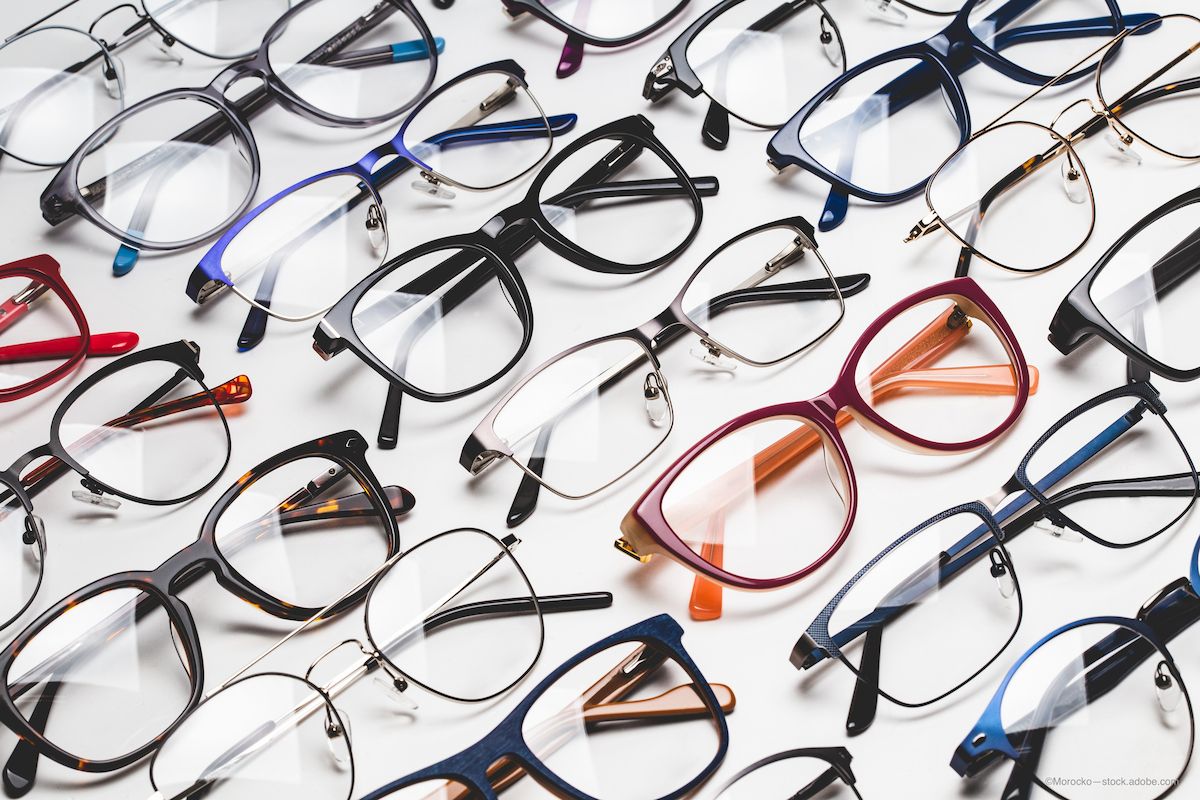Optometry in the rearview: Top 5 stories from 2023
From FDA approvals to innovations in lens tech, 2023 was a big year in eye care.
(Image credit: Adobe Stock / Morocko)

Happy New Year! As is tradition in popular culture, it's time to wrap up the year with a list of what happened here at Optometry Times. We traversed many topics together, from a large number of eye drop recalls due to contamination to the burgeoning pipeline of new eye care products, and the editors and staff appreciate your readership this year and look forward to forging ahead in 2024.
But the fun doesn't stop there! This week, we’re showcasing top content from our colleagues at Ophthalmology Times, Modern Retina, and Ophthalmology Times Europe, so keep your eyes peeled (and pardon the pun!) for more top eye care news from 2023.
FDA approves Novaliq's cyclosporine ophthalmic solution for treatment of signs and symptoms of dry eye disease
In June, the US FDA approved Novaliq’s cyclosporine ophthalmic solution (Vevye)—formerly known in development as CyclASol—for the treatment of the signs and symptoms of dry eye disease (DED). The water-free 0.1% cyclosporine A drop is the first to target tear evaporation, and it does so without preservatives, oils, or surfactants, which are all known to irritate or disturb the tear film. The high tolerability profile and rapid onset of therapeutic effect, both shown in pivotal clinical trials Essence-1 and Essence-2, have quickly made the drop a helpful tool in the eye care practitioner's toolkit for the treatment of DED.
Revisit the FDA approval here.
AOA releases statement regarding FDA eye drop recall
Following 6 months of recalled eye drops due to contamination reports, the AOA released a consumer health alert and listed 26 drops to avoid due to contamination risk. They urged eye care providers to review and display the infographic at their practices to educate patients on the risks of using unapproved eye care products. The statement also urged patients to see an eye care provider if they experience any new or prolonged irritation following eye drop usage.
Estimated 9.6 million people in the US have DR and 1.84 million people have VTDR, new study finds
In July, a study investigated the prevalence of diabetic retinopathy (DR) in the US in 2021 reported that an estimated 9.6 million people in the United States, 26.4% of patients with diabetes, had DR and 1.84 million people, 5.1% of those with diabetes, had vision-threatening DR (VTDR). The study uncovered that approximately 1 in 4 Americans aged 20 or older with diabetes have DR. The prevalence of both DR and VTDR also varied widely by United States and county. After grouping by age, gender, and ethnicity, rates of DR among people with diabetes ranged from a low of 21.2% in Nevada to a high of 34.2% in Hawaii.
Read more about the prevalence of diabetic retinopathy in the US.
FDA approves Ryzumvi (phentolamine ophthalmic solution 0.75%) for the treatment of pharmacologically-induced mydriasis
In September, the FDA approved phentolamine ophthalmic solution 0.75% (Ryzumvi) for the reversal of pharmacologically-induced mydriasis (RM) produced by adrenergic agonist or parasympatholytic agents, or a combination thereof, which has been formulated by Ocuphire Pharma and Viatris. Formerly known as Nyxol, the freshly renamed Ryzumvi is a preservative-free, stable eye drop, which blocks the α1 receptor within the iris dilator muscle without affecting the ciliary muscle. The result is intended to reverse pharmacologically-induced mydriasis, presbyopia, and night vision disturbances.
What is type 3 diabetes?
At first glance, there may not appear to be a connection between type 2 diabetes and Alzheimer disease or other forms of dementia. However, a connection does exist, and the evidence supporting it is compelling enough that medical experts have started referring to Alzheimer disease as type 3 diabetes.
Diabetes and Alzheimer disease are 2 of the most prevalent diseases that affect the elderly population around the world. Diabetes is a chronic disease that impairs the body’s capacity to process glucose, which can lead to serious health complications. According to the CDC, 37.3 million people have diabetes, which makes up 11.3% of the US population. Alzheimer disease is a degenerative brain condition that causes damage to brain cells, resulting in memory loss and the impairment of other critical mental functions. It affects an estimated 5.7 million Americans, and rates of death from the disease increased by more than 50% between 1999 and 2014.
Newsletter
Want more insights like this? Subscribe to Optometry Times and get clinical pearls and practice tips delivered straight to your inbox.